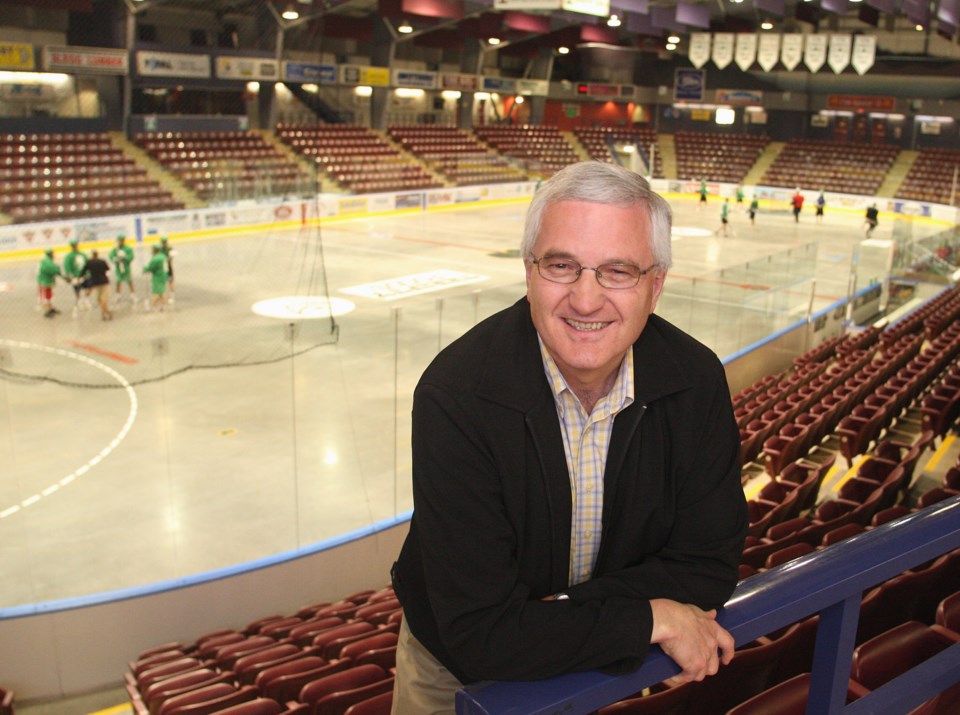When I decided to enter the world of journalism, I had a goal to share positive stories from Indigenous communities. I felt compelled, as an Indigenous person who loves stories, that this was something I needed to pursue.
Today, it’s not just Indigenous people who are looking to share these stories. To me, this is paramount and demonstrates a real shift in our culture. I am a firm believer that it shouldn’t just be Indigenous people speaking up for Indigenous rights. Our community is stronger when we are all working together.
I had a great conversation with local developer Jim Hartshorne this week and he shared how he has seen the evolution of Indigenous partnerships throughout his career. Hartshorne has been a developer for 45 years and played a key role in the development of thousands of homes. He is the president of Keycorp Developments Ltd., and has worked in commercial developments, as well as residential developments such as Westhills in Langford.
“When I am working with First Nations, it’s clear that everyone is willing to learn, and everyone is working for their kids,” Hartshorne said. “They are all looking one to three generations ahead.”
Hartshorne told me that when he entered the business of development, partnerships with Indigenous communities were unheard of.
“First Nations businesses weren’t even an afterthought,” he said.
Today, Hartshorne is a well-respected developer working with many Indigenous communities. As he creates successful partnerships with First Nations in Greater Victoria, he speaks highly of the benefits not only to the nations and communities, but to himself as well.
It’s changes in industry such as this that make me thrilled to see things turn 180 degrees from where our society once was.
“Our First Nations have so much to offer,” Hartshorne said. “First Nations are finally getting rights and the ability to negotiate. This is so important.”
Hartshorne was one of the key players in the monumental Great Land Swap in 2017 among the District of Metchosin, City of Langford and Beecher Bay First Nation. This was the first time in Canadian history that a boundary adjustment took place between municipalities and a First Nation.
In a nutshell, the boundary changes placed more than 350 acres of Metchosin lands within Langford, including all the land for a business park to allow access to sewer services. Beecher Bay transferred 250 acres of land it received through treaty negotiations to Metchosin; this land will be protected as green space and a buffer between Metchosin and the business park.
Through this agreement, all three communities will receive tax revenue from the business park that will be located in Langford and developed by Keycorp Developments. The business park is also expected to create several thousand permanent jobs.
“Beecher Bay, Metchosin and Langford have created Centre Mountain Business Park Ltd. for this, and we are meeting twice a week,” said Hartshorne, explaining the relationships that continue to grow among the communities.
The Great Land Swap is one of my favourite stories that demonstrate the importance of equal partnership and how our communities can benefit as a whole when we all work together.
The District of Metchosin held a referendum for its residents to ensure the community supported the plan.
“The process has been encouraging and exciting and it’s impressive that we were able to pull this off and everyone benefited,” Hartshorne said.
Making this happen wasn’t just about the three communities coming together; there were plenty of hurdles along the way. The trio needed to work with the Capital Regional District to have it approved within the regional growth strategy, and some other municipalities spoke out against this.
Building successful partnerships isn’t always easy, but I think that it’s always important.
Hartshorne is working with many First Nations across Greater Victoria and meeting leadership and community members looking for ways to partner and enhance all communities in our region.
As a child, Hartshorne grew up on the Saanich Peninsula and went to school with many children from Pauquachin First Nation.
“Back then, we were all just kids going to school together. We’d play sports together, often soccer and baseball,” Hartshorne explained. “They were kids and we were kids.”
It’s nice to see that developers and First Nations are working together as peers, just as Hartshorne remembers from his school years on the field. Together, these partnerships will set the tone for future generations.
— With files from Lindsay Kines
Charla Huber works in communications and Indigenous relations for M’akola Group of Societies.



